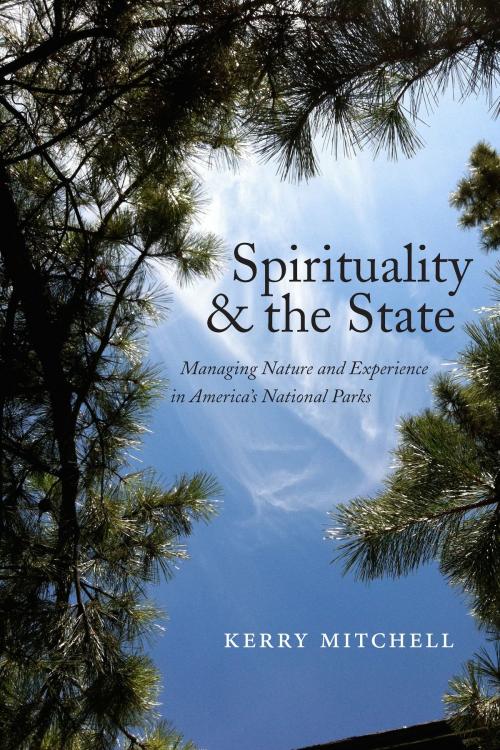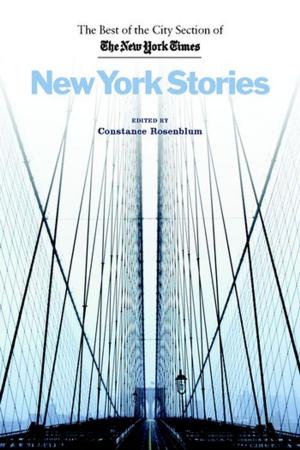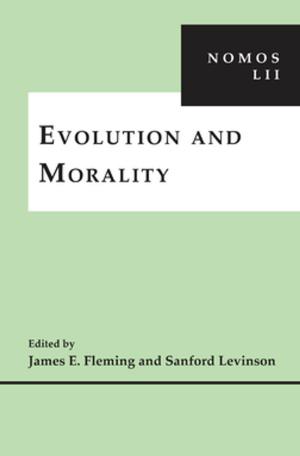Spirituality and the State
Managing Nature and Experience in America's National Parks
Nonfiction, Religion & Spirituality, Christianity, Church, Church & State, Science & Nature, Nature, Environment, Environmental Conservation & Protection| Author: | Kerry Mitchell | ISBN: | 9781479837656 |
| Publisher: | NYU Press | Publication: | May 31, 2016 |
| Imprint: | NYU Press | Language: | English |
| Author: | Kerry Mitchell |
| ISBN: | 9781479837656 |
| Publisher: | NYU Press |
| Publication: | May 31, 2016 |
| Imprint: | NYU Press |
| Language: | English |
America’s national parks are some of the most powerful, beautiful, and inspiring spots on the earth. They are often considered “spiritual” places in which one can connect to oneself and to nature. But it takes a lot of work to make nature appear natural. To maintain the apparently pristine landscapes of our parks, the National Park Service must engage in traffic management, landscape design, crowd-diffusing techniques, viewpoint construction, behavioral management, and more—and to preserve the “spiritual” experience of the park, they have to keep this labor invisible.
Spirituality and the State analyzes the way that the state manages spirituality in the parks through subtle, sophisticated, unspoken, and powerful techniques. Following the demands of a secular ethos, park officials have developed strategies that slide under the church/state barrier to facilitate deep connections between visitors and the space, connections that visitors often express as spiritual. Through indirect communication, the design of trails, roads, and vista points, and the management of land, bodies and sense perception, the state invests visitors in a certain way of experiencing reality that is perceived as natural, individual, and authentic. This construction of experience naturalizes the exercise of authority and the historical, social, and political interests that lie behind it. In this way a personal, individual, nature spirituality becomes a public religion of a particularly liberal stripe. Drawing on surveys and interviews with visitors and rangers as well as analyses of park spaces, Spirituality and the State investigates the production and reception of nature and spirituality in America’s national park system.
America’s national parks are some of the most powerful, beautiful, and inspiring spots on the earth. They are often considered “spiritual” places in which one can connect to oneself and to nature. But it takes a lot of work to make nature appear natural. To maintain the apparently pristine landscapes of our parks, the National Park Service must engage in traffic management, landscape design, crowd-diffusing techniques, viewpoint construction, behavioral management, and more—and to preserve the “spiritual” experience of the park, they have to keep this labor invisible.
Spirituality and the State analyzes the way that the state manages spirituality in the parks through subtle, sophisticated, unspoken, and powerful techniques. Following the demands of a secular ethos, park officials have developed strategies that slide under the church/state barrier to facilitate deep connections between visitors and the space, connections that visitors often express as spiritual. Through indirect communication, the design of trails, roads, and vista points, and the management of land, bodies and sense perception, the state invests visitors in a certain way of experiencing reality that is perceived as natural, individual, and authentic. This construction of experience naturalizes the exercise of authority and the historical, social, and political interests that lie behind it. In this way a personal, individual, nature spirituality becomes a public religion of a particularly liberal stripe. Drawing on surveys and interviews with visitors and rangers as well as analyses of park spaces, Spirituality and the State investigates the production and reception of nature and spirituality in America’s national park system.















